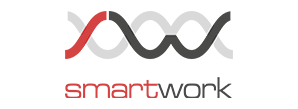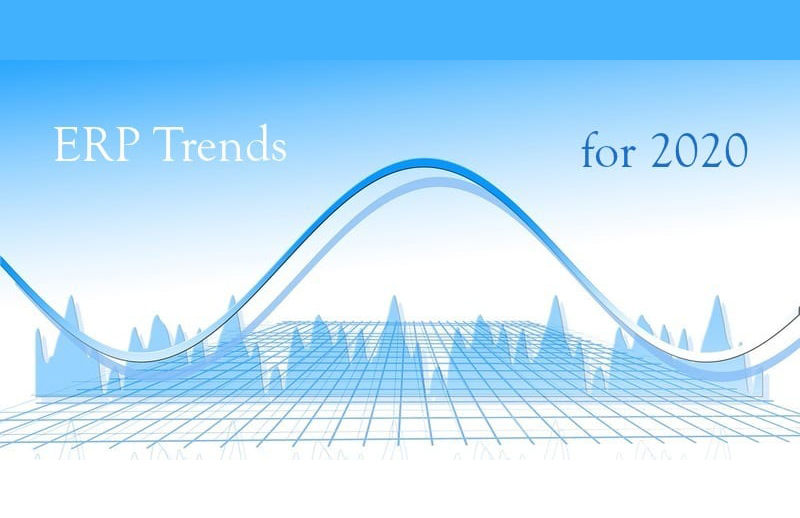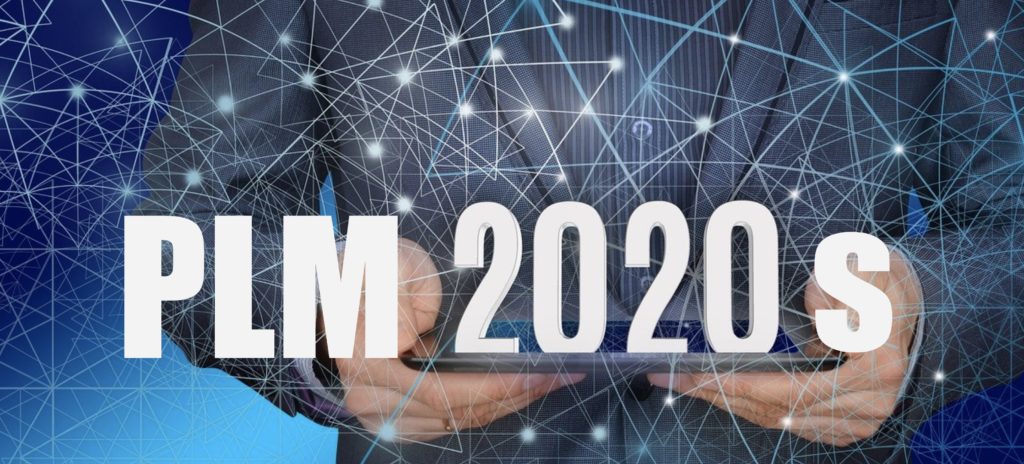
To decide what PLM to chose is a hard job these days. Everyone in the PLM business is focusing on helping manufacturing companies to design better, faster, cheaper products. Everyone is IoT, cloud, connected, intelligent and focused on user experience. Everyone is capable to produce a nice video and when it comes to top vendors, everyone can produce a compelling customer story demonstrating a nice facade of how life is becoming easier and simpler with such fantastic PLM technology.
Does it mean everything is equal in PLM software? The number of PLM vendors is not that big, but anyway how to choose what is the right one. Which brings me to one of the most complex questions of the PLM industry – differentiation. Why and how one PLM system is different from another?
In the past, I shared my thoughts about five ways to differentiate PLM products. Five categories can give you some idea about packaging, business models, product and technologies and domain expertise. When it comes to functions, the devil is in details. And this is how things are getting messy.
As PLM sales, the last thing you want to do is to go into detailed benchmarks of functions. Vendors are trying to avoid an unavoidable and at least to postpone it on later stages of evaluation, which usually called proof of concept or prototype stage. This is how it works in the world of big PLMs. And it leaves the question of how to differentiate PLM products and technologies upfront in sales and marketing. Nobody likes to buy plain bagels and vendors are struggling with differentiation. When it is hard, PLM companies by themselves are complaining that customers are buying wrong PLM systems.
You can see multiple examples of how PLM vendors are solving the problem of differentiation. Check my square the circle article with some examples. My favorite example is Lucky Strike toasted marketing. Another brilliant example of differentiation and comparison is Propel’s table with “Older cloud PLM” – check more here.
My attention was caught by Aras’ article – How resilient thinkers are saving PLM. Resilient is another way to differentiate PLM systems proposed by Aras. According to the article resilient system is the one that provides a transparent data model, evolvable and adaptable.
You can appreciate the art of marketing demonstrating legacy PLM with papers and old mainframe computers. Check this video: https://www.youtube.com/watch?v=twcxE53sqnI&feature=youtu.be
The entire differentiation is built around Aras’ ability to upgrade PLM implementation from an older version to a new one. By doing it, Aras is focusing on a long pain of the industry – large enterprise customers that stuck and locked in older versions of PLM products with no way to upgrade. It is a story that differentiates Aras in enterprise PLM sales, which is an extremely complex and slow business segment of the PLM market. But the prize for the winner is high as well.
But PLM adoption for mid-size manufacturing companies is a place where companies might look for future differentiation. In the following slide, I present the trajectory of PLM IT technologies. In my view, the market of PLM systems will be moving from a company and hosted PLM servers to PLM applications and cloud platforms.
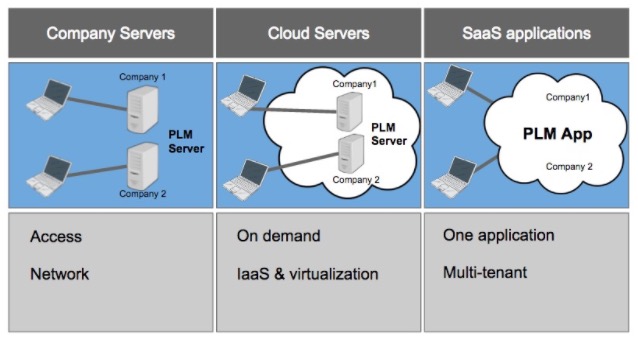
Cloud development technology was maturing and evolving for the last decade and get to a critical mass when online systems can provide strong differentiation. It removes both problems of data transparency and upgradability. The first is solved using the REST API and web services. The second is solved because the vendor is responsible for the system (and not a customer). In such a way cloud platforms are becoming a big differentiator in the way PLM functionality can be delivered to customers.
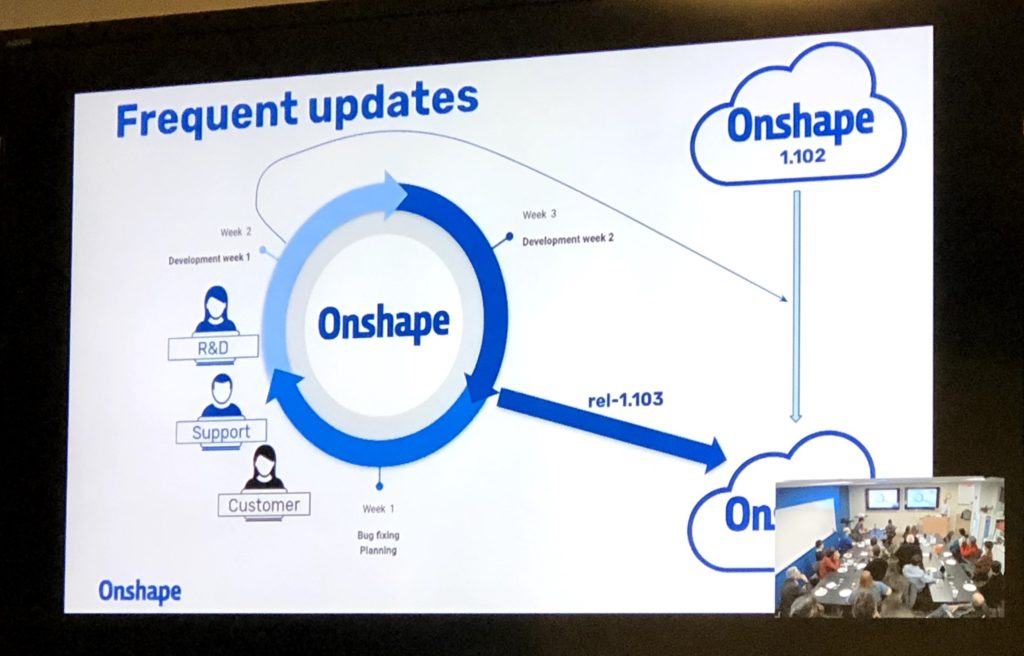
DevOps is becoming a strong technological aspect of how cloud platforms are delivered to customers.
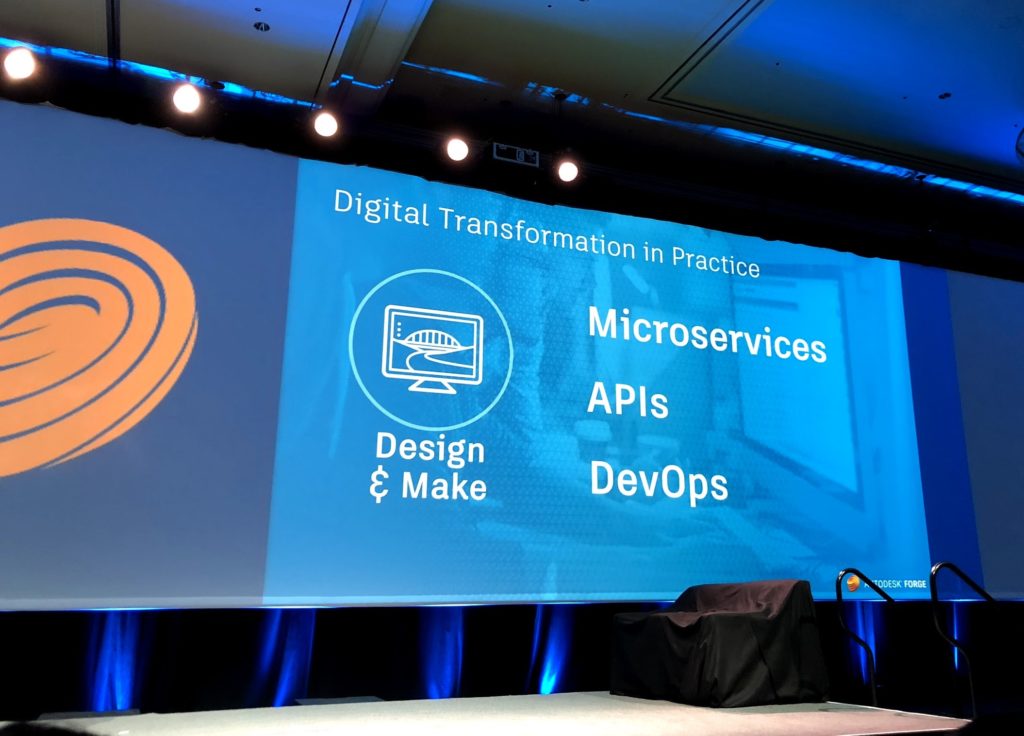
Above these two, multi-tenant cloud platforms provide a unique way to share data and capture intelligence (both these functions are hard to achieve when using traditional single-tenant database architectures).
Cloud platform and multi-tenant applications are evolving and maturing with time. Autodesk is building its cloud platform (Autodesk Forge) for almost a decade now with applications coming and integrated with Autodesk Forge as it becomes more mature. Onshape (multi-tenant full-cloud CAD system recently acquired by PTC) is another example of such a cloud platform. I can see examples of specialized cloud-only applications built by Dassault Systems, SAP and other vendors. OpenBOM (disclaimer – I’m CEO and co-founder) is an example of a SaaS application available globally via the Amazon Web Service platform. The functionality of all these systems is growing over time, but none of these systems require an “upgrade”. Read my article – what is better than a free upgrade?
What is my conclusion? Cloud platforms are not for everyone these days. There are still very large OEMs that are looking for mature applications to satisfy their IT requirements, regulation and conservative management. However, small and medium manufacturing companies are adopting cloud applications right away and these technologies and products are providing significant differentiation in functions, experience, and business models. And this is where future PLM differentiation will be coming from. Just my thoughts…
Source: Oleg Shilovitsky blog —> http://beyondplm.com/2019/12/04/plm-technology-differentiations-in-the-2020s/
#blog #plm #future #cloud #BOM #differentations #2020s #businessmodel
